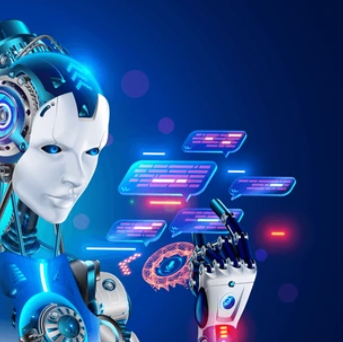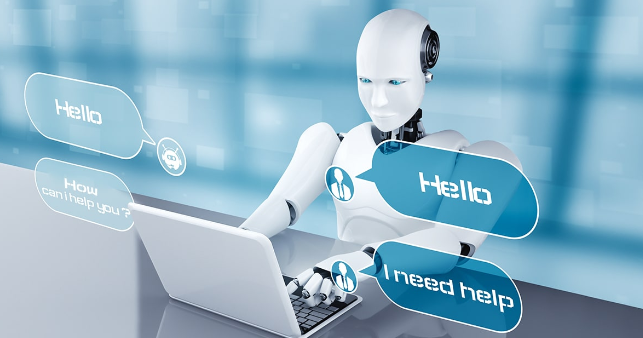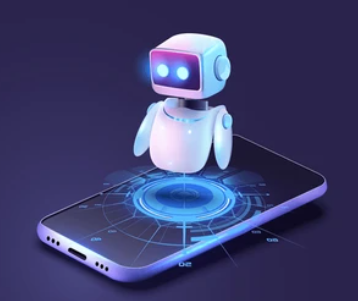Part 1: The Rise of AI in Customer Interactions
Steve Bell • December 4, 2024
How AI Chatbots and Phone Agents Are Transforming Customer Engagement

Customer service has always been a cornerstone of business success, but the game is changing. With the rise of AI, businesses now have powerful tools to elevate their interactions with customers, streamline operations, and even reduce costs. From the friendly assistant on your website to the agent answering calls, AI Chatbots and AI Phone Agents are revolutionizing how we communicate.
If you know you want to add adaptive AI chatbots to your site, click HERE
TLDR
AI Evolution: From Scripts to Learning Machines
Basic Scripts (1950s-1990s)
- 1956: The term "Artificial Intelligence" was coined at the Dartmouth Conference. Early AI focused on problem-solving and simple logic tasks.
- 1960s-1970s: Development of ELIZA, one of the first chatbots, which used pattern-matching scripts but lacked real understanding.
- 1997: IBM’s Deep Blue defeated world chess champion Garry Kasparov, a milestone in rule-based AI systems.
Emergence of Machine Learning (2000s)
- 2006: Geoffrey Hinton popularized deep learning, a method where neural networks with multiple layers could "learn" patterns from data without explicit programming.
- 2008: Speech recognition software like Google Voice Search began using statistical models for improved accuracy.
- 2011: IBM’s Watson defeated champions on Jeopardy!, demonstrating the capability of AI to process natural language and vast datasets in real-time.
Adaptive Learning (2010s-Present)
- 2014: Facebook launched DeepFace, achieving near-human facial recognition accuracy (97%).
- 2015: OpenAI was founded to advance research in generative and reinforcement learning AI models.
- 2016: Google DeepMind’s AlphaGo beat the world champion at Go, a game requiring strategic thinking and adaptability.
- 2018: The release of BERT (Bidirectional Encoder Representations from Transformers) by Google transformed natural language processing, enabling contextual understanding in search and chat systems.
- 2020: GPT-3 by OpenAI showed unparalleled generative capabilities, producing human-like text and enabling adaptive chatbot behavior.
- 2022: ChatGPT was launched, demonstrating real-time conversational learning by processing vast amounts of data and context for more nuanced interactions.
Current Stats Highlighting AI’s Progress
- Natural Language Processing (NLP): AI systems now achieve over 90% accuracy in tasks like language translation and sentiment analysis (Stanford NLP Lab).
- Customer Service: By 2024, 80% of businesses are projected to use some form of AI-driven customer interaction (Gartner).
- ROI on AI Integration: Businesses implementing AI in customer service report an average 30% reduction in customer service costs and a 20% boost in customer satisfaction (McKinsey).
If you want to know more and would like to find out how much (or how little) it's costing your company by not using AI, go HERE.





